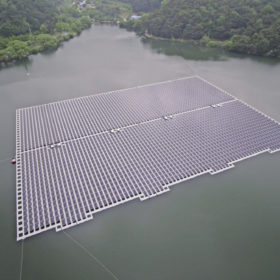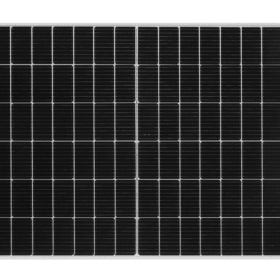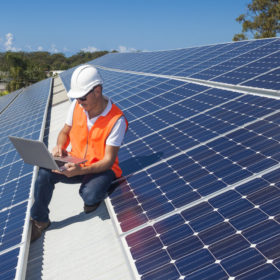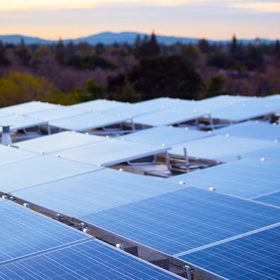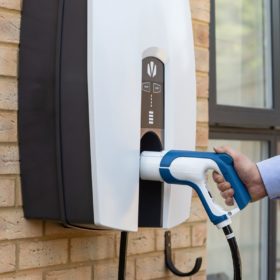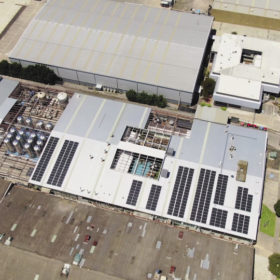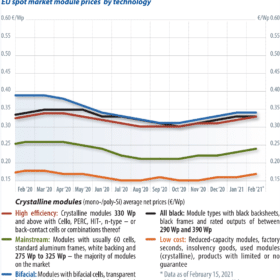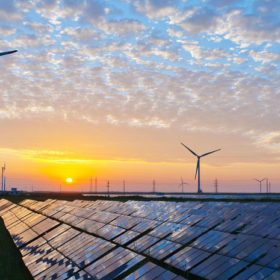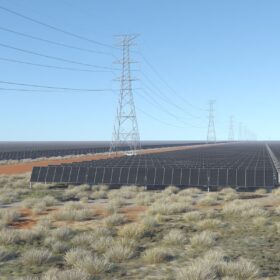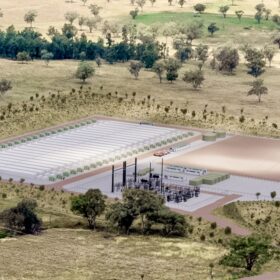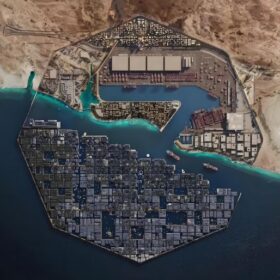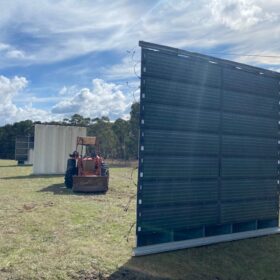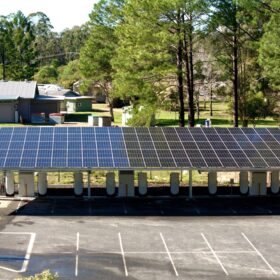AGL to leverage floating solar at Loy Yang for hydrogen project
At AGL Energy’s Investor Day the energy giant revealed plans for a potential floating solar project on the site of its Loy Yang power station in Victoria. AGL, which is currently in the application process for a 200 MW battery at the site and is already producing brown hydrogen for export to Japan, is looking to leverage unused space to reduce emissions.
JinkoSolar unwraps 415 W PV panel for rooftop applications
The new, Tiger Pro 54HC panel is based on a 182mm, 54-cell design and exhibits an efficiency of up to 21.3%. The manufacturer claims the new product is particularly suitable for residential projects in high snow or high wind load areas.
Small-scale solar becomes second biggest player in Australia’s renewable energy mix, as CEC reveals slate of overhauled records
The Clean Energy Council has released its annual Clean Energy Australia report, revealing a string of smashed records, as states, territories and businesses continue to ramp up renewable ambitions.
Q&A: Why bigger is better
Who says size doesn’t matter? The talk of the solar industry town at the moment is the increasing module size. Trina Solar is right in the thick of this revolution with the release of several larger format modules back-to-back in recent months. As pv magazine Australia gets ready to host a webinar with Trina Solar Australia this coming Thursday, we sat down with one of the company’s APAC directors, Andrew Gilhooly, to talk shop.
AGL teams up with Ovo to digitise energy management in Australian households
AGL has announced a joint venture with the UK’s Ovo Energy for exclusive Australian rights to its Kaluza smart energy platform. The partnership comes at a time when grid stability is a hot topic and energy management systems are a key tool for owners of rooftop solar to optimise their investment.
YouTube – a proven marketing platform to expand solar businesses
YouTube videos are becoming a vital part of consumers’ solar-buying journey, providing a unique opportunity for solar marketers. Marketing pro Rich Feola offers insights on how to use videos to boost your solar company.
Sunday read: The regulator’s wish is my export limitation
As distributed PV grows, new grid codes have scared installers across some markets. Network operators want to gain control over grid export, even of smaller arrays. Additions of new array controllers and special gateways could be costly putting speedy development of PV at risk. Fret not, says Fimer, as the Italy-based power-electronics manufacturer has placed the solution to the problem already inside its latest inverter range.
Saturday read: Why human rights protection is pushing up module prices
The solar industry typically sees itself as being supportive of the environment, humanity, and human rights. Even large Chinese PV manufacturers publish statements to this effect, particularly if they are listed on Western stock exchanges. But what do human rights have to do with the solar industry? What connections exist, asks Martin Schachinger of pvXchange, and how are they important to the future success of the European PV market?
1 GW HyEnergy Project appoints ERM to direct swift approvals process
Perth-based Province Resources has tapped on ERM to steer its 1 GW co-located solar and wind green hydrogen project in the Gascoyne region of Western Australia through the raft of approvals required for development. The project is ideally positioned for domestic and export supply of green hydrogen and ammonia.
‘Concierge’ service for renewables aims to bridge education deficit by brokering clean energy deals
Australia’s first renewables brokering service, Teho, aims to tie together the disparate industry threads of solar, batteries, EVs and renewable energy retailers and simplify the path towards renewables for everyday people. Pv magazine Australia spoke to the two brothers behind the business, Jonathan and David Green (yes, that really is their surname), about the gap in the market they seek to tap.
